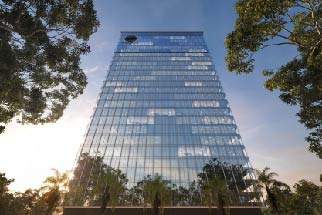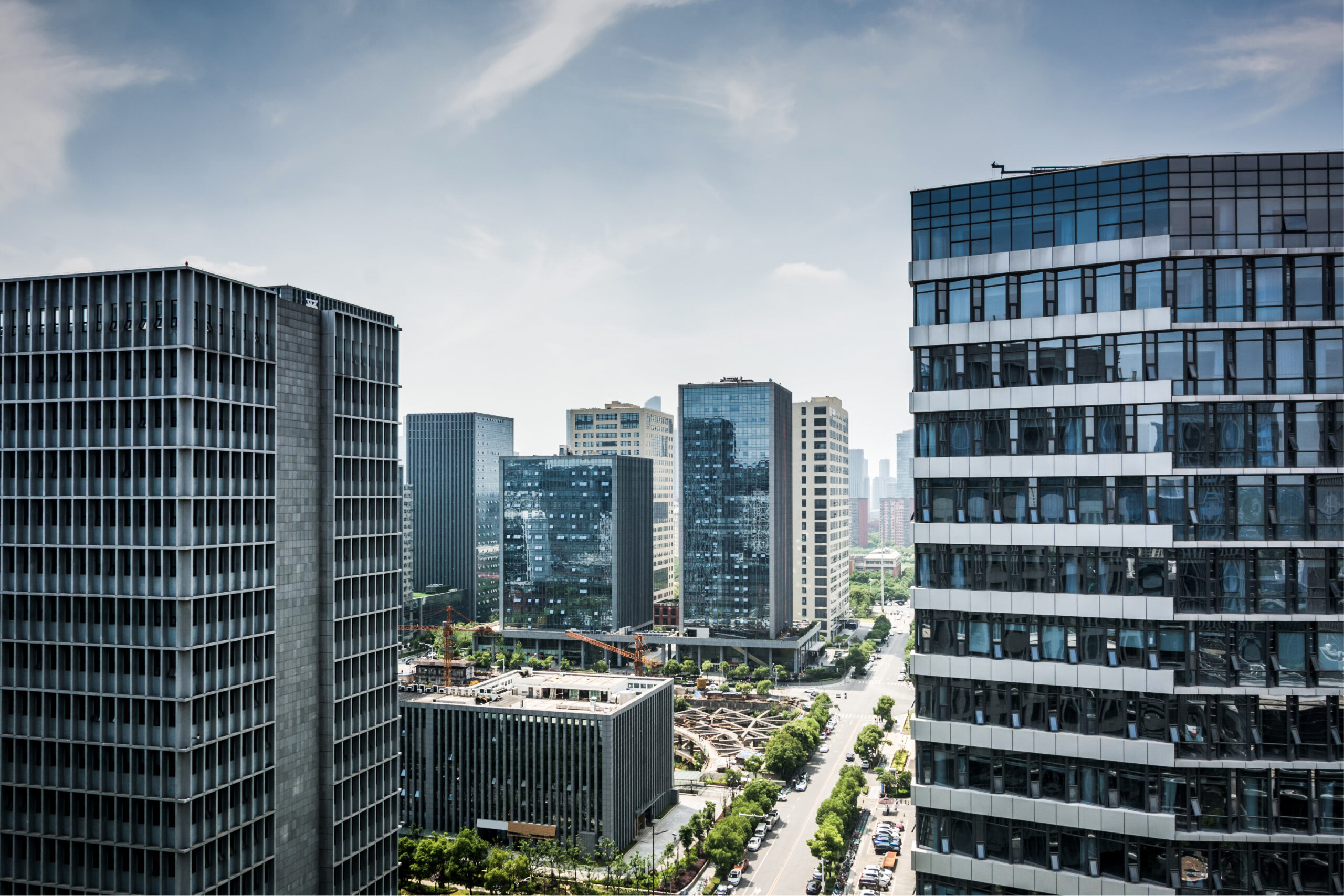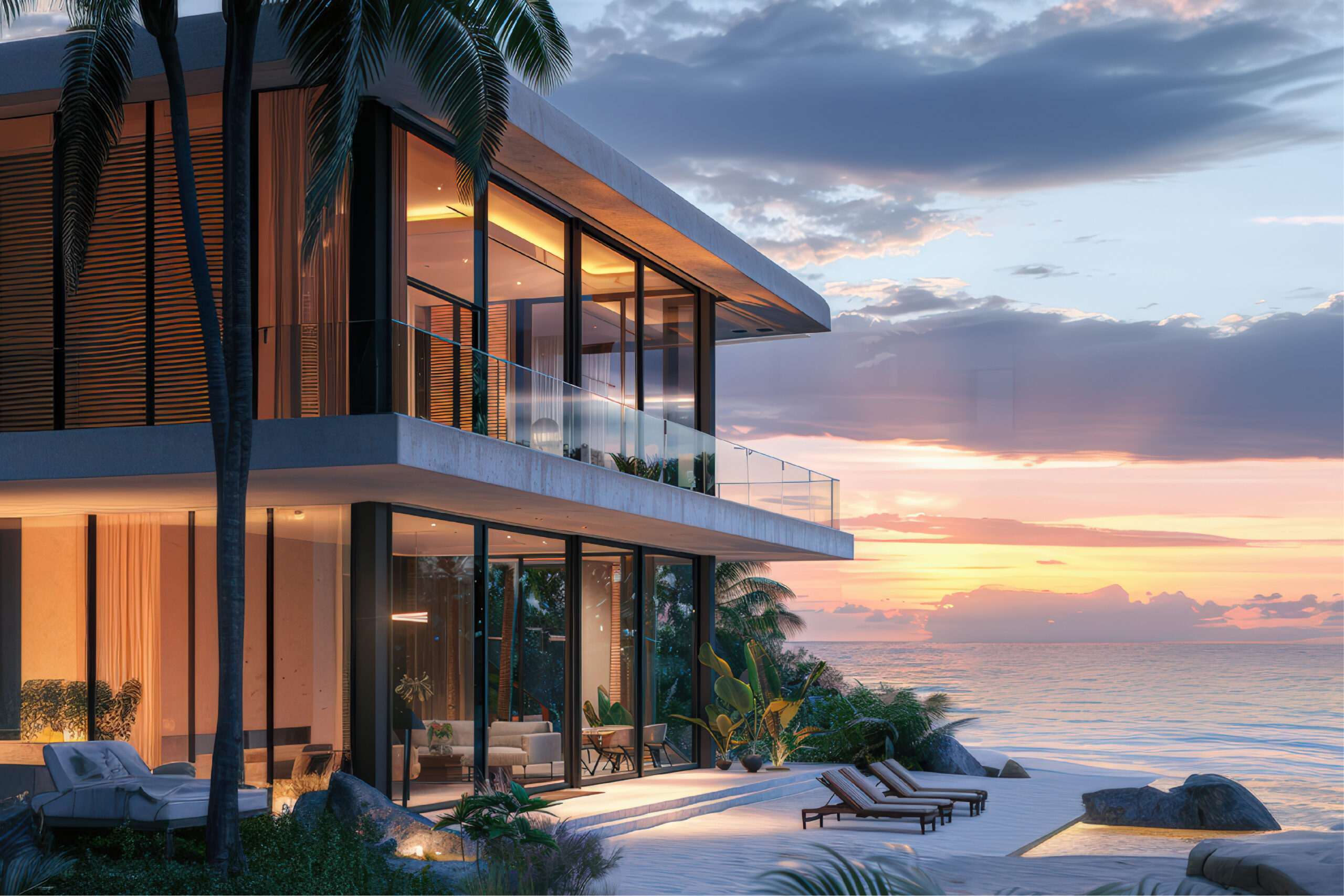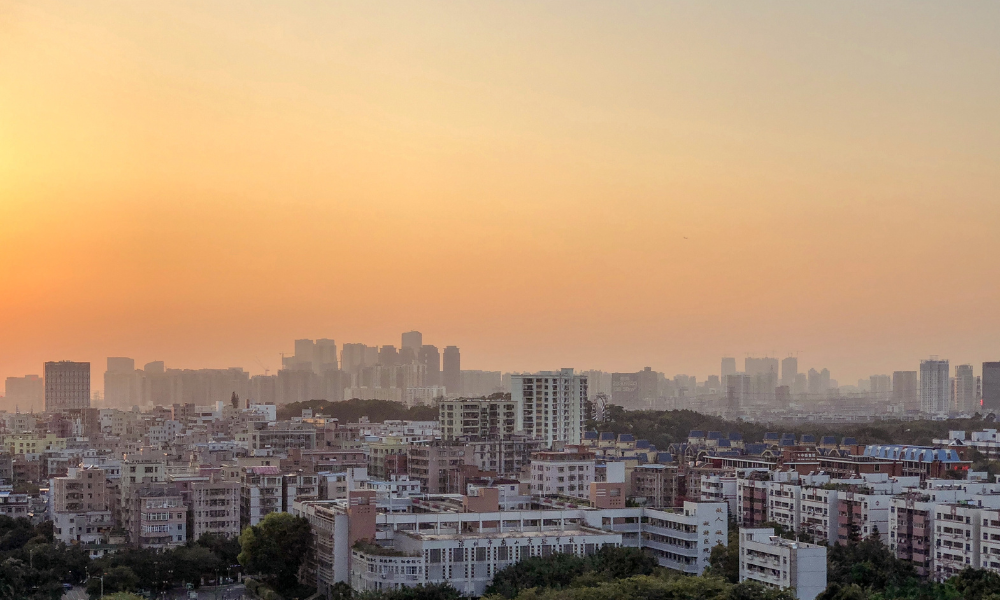
Investing in real estate is a pivotal decision, one that hinges significantly on the choice of location. Whether you are buying property for the first time or adding to your investment portfolio, the question often comes down to this: Should you invest in the vibrant heart of the city or explore the expansive suburban regions? In 2024, India’s real estate landscape continues to evolve, with significant developments in both urban and suburban areas. In such a scenario, understanding the best real estate investment areas has become essential for both investors and homebuyers.
The Indian real estate sector is projected to reach an estimated value of $1.5 trillion by 2030, with a compound annual growth rate (CAGR) of about 9.2% from 2023 to 2028. The first half of 2024 saw a continued surge in residential sales, reaching 173,241 units, an impressive 11% year-on-year growth. This positive trend indicates a strong demand for housing in the market.
This blog delves into the key considerations, the pros and cons of each option, and the latest market insights to help you make a well-informed decision.
Basic Differences Between City and Suburb Investments
Before diving into detailed insights, it’s essential to understand the key factors that distinguish urban and suburban real estate investment areas:
- Location
- Cost of Living
- Atmosphere
- Infrastructure
- Population Density
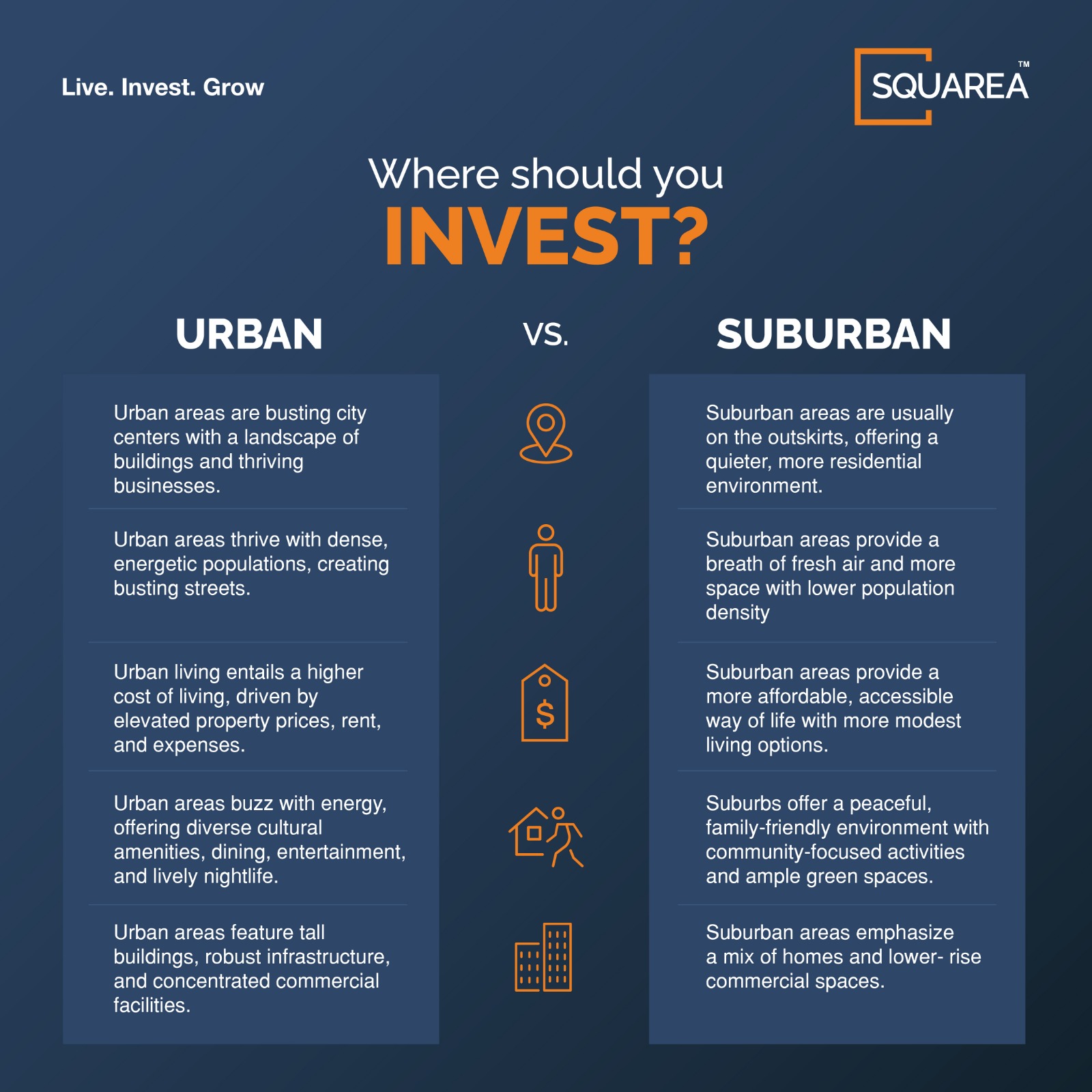
Alt text: A comparative glance at the key differences between city and suburban real estate investments.
Real Estate Investments in Cities
Urban centers across India remain hotspots for real estate investment due to high demand, robust infrastructure, and proximity to key amenities. Cities like Mumbai, Pune, Bengaluru, and Delhi are well-known for their vibrant job markets and advanced infrastructure, making them some of the best real estate investment areas.
Advantages of Investing in Cities:
1. High Demand and Fast Appreciation : Urban properties often see quicker appreciation. Mumbai’s prime localities like Bandra and Powai saw an average price increase of 7-9% in 2023-2024 (Knight Frank India’s Prime Residential Index). While in Pune, Koregaon Park has seen consistent appreciation of 6-8% annually, making them ideal for short-term investments in the best real estate investment areas.
2. Proximity to Amenities : Cities offer a wealth of amenities such as hospitals, schools, restaurants, and entertainment venues. Pune is renowned for its educational hubs, adding to its appeal as one of the best real estate investment areas in India.
3.Job Opportunities: Major cities house industries across sectors like IT, finance, and manufacturing. For instance, Pune’s IT hubs and tech parks attract a large workforce, making it a strong contender for real estate investment areas in India.
Public Transportation : Urban transport systems, like Mumbai’s local trains or Delhi’s metro, including Pune’s ongoing metro project, boost property values around transport hubs, solidifying their status as the best real estate investment areas.
Challenges of Suburban Investments:
Longer Commutes: Suburbs can be farther from major job centers, increasing travel time. However, with improved transport networks such as the Pune Metro Extension, connectivity to suburban areas is gradually improving.
Limited Social Infrastructure: While development is ongoing, many suburban areas still lack the robust social infrastructure found in cities. This can be a drawback for those who value proximity to shopping malls, entertainment centers, and restaurants.
Final Considerations: Best Places to Invest
In 2024, both urban and suburban markets in India are poised for growth, driven by government initiatives, economic recovery, and rising demand. Programs like PMAY and RERA have improved transparency, making suburban regions particularly appealing. The ARHC scheme also enhances suburban areas by providing affordable housing near industrial hubs. Meanwhile, smart city projects are revitalizing urban centers, boosting livability and sustainability.
Urban investments offer faster appreciation and proximity to job markets, while suburban areas provide affordability and space. Your choice depends on your financial goals and lifestyle preferences.
If you still find it difficult to decide, contacting a real estate expert like Squarea can help you navigate the complexities of property buying and investment in India.


